High carbon steel cookware has gained considerable popularity among home chefs and professional cooks alike, thanks to its unparalleled performance, durability, and versatility. This article will explore the characteristics, benefits, maintenance tips, and some of the finest high carbon steel cookware options available in the market today. We will also examine the science behind this remarkable material and its advantages over other cookware types like stainless steel and cast iron.
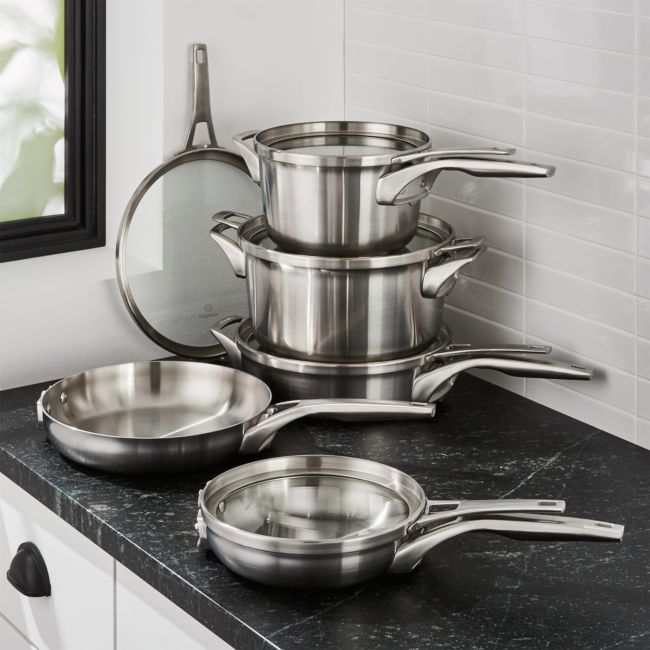
Understanding High Carbon Steel
High carbon steel is essentially a type of steel that contains a higher percentage of carbon, usually around 0.5% to 1.5%. This composition gives the steel unique properties that make it ideal for cookware. While low carbon steel is malleable and easy to work with, high carbon steel is much tougher and designed for heavy-duty use. The key characteristics of high carbon steel include:
- Durability: High carbon steel cookware is incredibly durable and can withstand high temperatures without warping or damaging.
- Heat Conductivity: This material has excellent heat conductivity, which allows for even cooking and searing of food.
- Natural Non-Stick Surface: With proper seasoning, high carbon steel develops a natural non-stick layer, making cooking and cleaning easier.
- Lightweight: Compared to cast iron, high carbon steel cookware is much lighter, making it easier to handle and maneuver in the kitchen.
Benefits of High Carbon Steel Cookware
1. Exceptional Heat Retention and Distribution
One significant advantage of high carbon steel cookware is its ability to retain and distribute heat evenly. Whether you’re frying, sautéing, or searing, this cookware ensures that the heat is consistent across the surface. This property allows for precise cooking, giving you control over the doneness of your dishes.
2. Versatility for Multiple Cooking Techniques
High carbon steel cookware is incredibly versatile and suitable for a variety of cooking methods. You can use it for frying, baking, sautéing, broiling, and even in the oven. Its ability to handle high temperatures makes it perfect for techniques like stir-frying and searing, which require quick and intense heat.
3. Developing a Natural Non-Stick Surface
One of the most distinguishing features of high carbon steel cookware is the natural non-stick surface it develops through seasoning. Unlike chemical non-stick coatings that wear off over time, a well-seasoned high carbon steel pan will become better with age. This surface not only makes cooking and cleanup effortless but also enhances the flavors of the food.
4. Environmentally Friendly Option
High carbon steel cookware is generally free from harmful chemicals and synthetic coatings found in many modern cooking appliances. When properly cared for, this cookware can last a lifetime, reducing the need to buy disposable products. This longevity contributes to a more environmentally friendly approach to cooking.
5. Affordable Quality
Compared to other premium cookware options like copper or stainless steel, high carbon steel is relatively affordable. You get a high-quality product at a reasonable price, making it a great investment for both novice and seasoned cooks.
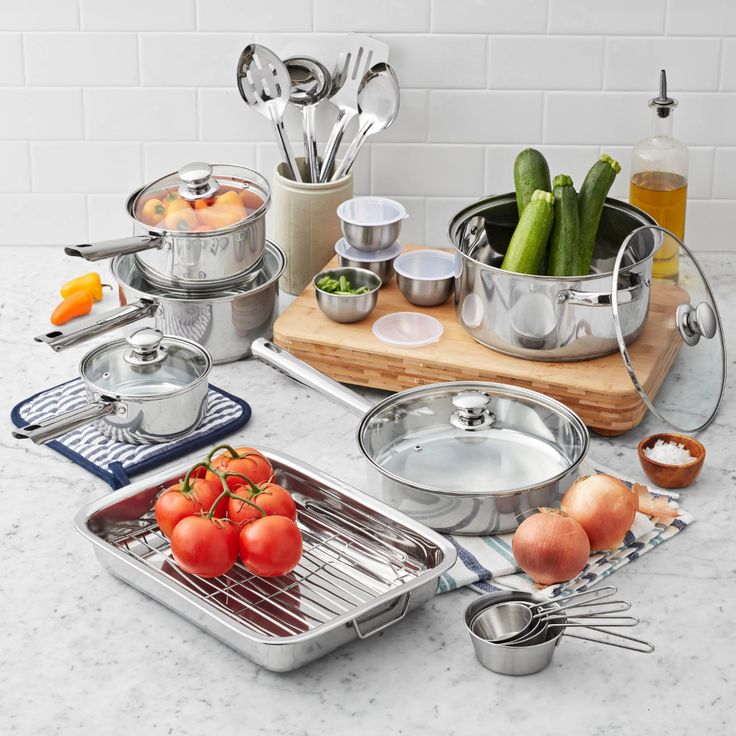
Popular Types of High Carbon Steel Cooking Utensils
1. Skillets and Frying Pans
High carbon steel skillets are a must-have kitchen staple. They are excellent for searing meats, frying eggs, and sautéing vegetables. Their ability to reach high temperatures quickly makes them perfect for achieving a beautifully browned crust on meats while maintaining juicy interiors.
2. Woks
For those who enjoy Asian cuisine, a high carbon steel wok is an essential tool. Woks have a unique rounded shape, allowing for quick stir-frying and tossing of ingredients. The high carbon steel construction ensures that the woks heat evenly and maintain high temperatures for quick cooking without steaming the food.
3. Griddles
High carbon steel griddles are perfect for making pancakes, crepes, or grilling sandwiches. Their flat surface offers ample cooking space and ensures that your food cooks evenly.
4. Bakeware
Some high carbon steel products come in the form of bakeware, such as baking sheets and pans. These items are particularly effective for roasting because they can withstand the high temperatures used in ovens while distributing heat evenly across the surface.
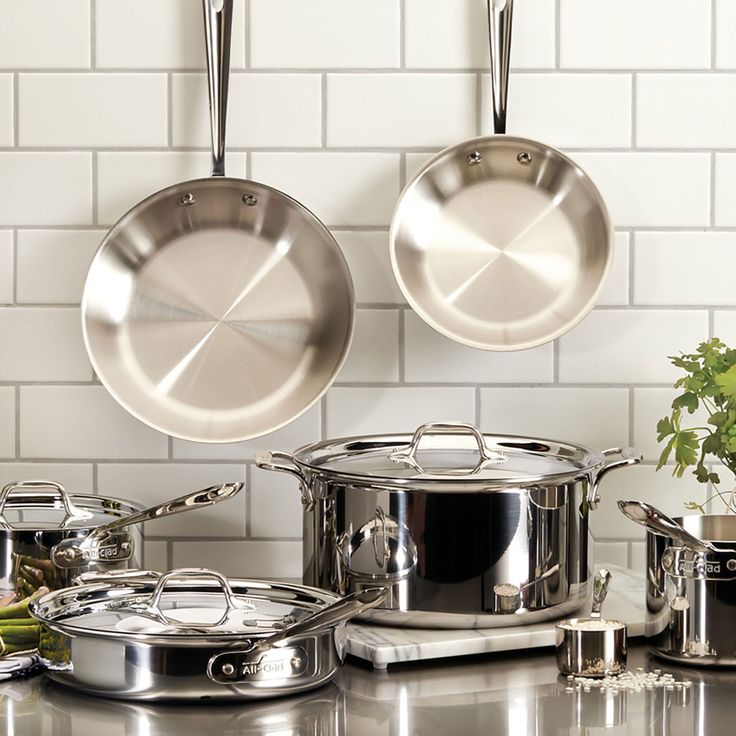
Maintenance Tips for Carbon Steel Cookware
To ensure the longevity and performance of high carbon steel cookware, proper maintenance is essential. Here are some maintenance tips to keep your cookware in optimal condition:
1. Seasoning Your Cookware
Seasoning is crucial for creating a non-stick surface on high carbon steel cookware. To season your pan, follow these steps:
- Clean the Pan: Use warm water and a mild soap to clean your cookware, then dry it thoroughly.
- Apply Oil: Use a thin layer of cooking oil (like flaxseed or vegetable oil) on the pan’s surface, wiping off any excess.
- Heat the Pan: Place the pan upside down in an oven set to 450°F (232°C) for about an hour. This will allow the oil to polymerize and form a non-stick coating.
- Cool Down: Let the pan cool in the oven before removing it.
2. Cleaning Techniques
After cooking, avoid using soap, as it can remove the seasoning. Instead, gently wipe the pan with a damp cloth or sponge. For stuck-on food, you can use coarse salt and a little water as an abrasive scrub. Rinse and dry the pan thoroughly to prevent rust.
3. Avoiding Rust
Rust is a common issue with high carbon steel cookware. To avoid this, make sure to dry your pan immediately after washing, and store it in a dry place. Applying a thin layer of oil before storing can also help protect your cookware from moisture.
4. Re-seasoning
Over time, your cookware may lose its non-stick properties. If you notice food starting to stick, it may be time to re-season your pan. Follow the seasoning steps outlined above to restore its performance.
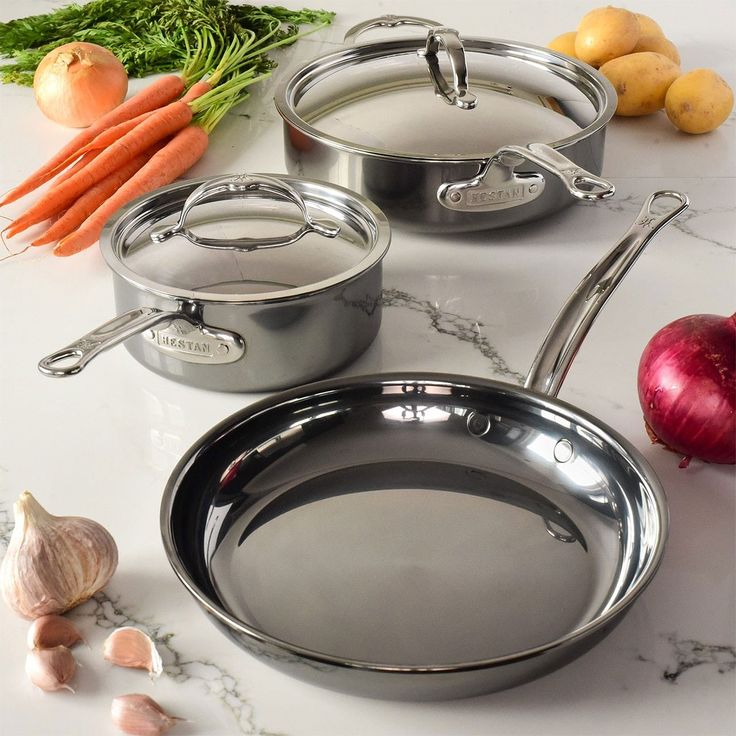
Science Behind High Carbon Steel Cooking Utensils
Understanding the science behind high carbon steel can greatly enhance your appreciation for its performance as cookware. When heat is applied, the carbon molecules within the steel structure play a crucial role. These carbon molecules work together to create a robust, resilient surface that is ideal for cooking. This surface is known for its excellent heat conduction, which enables rapid and efficient cooking at high temperatures.
The interplay between heat and the unique physical properties of carbon steel is what creates that signature sear that food enthusiasts adore. This searing is essential in many cooking techniques, as it locks in flavors and enhances the overall taste of the dish.
Additionally, the seasoning process adds another layer to the science of high carbon steel. This process involves polymerization, where oil molecules bond to the surface of the pan during heating. The result of this intricate process is an increased non-stick capability, which prevents food from easily adhering to the surface. This natural non-stick characteristic makes cooking with high carbon steel not only effective but also enjoyable. Understanding these scientific principles can help you maximize the utility of your high carbon steel utensils in the kitchen.
High Carbon Steel Cookware vs. Other Cookware Options
High carbon steel cookware boasts numerous advantages. However, it is vital to compare it with other popular cookware materials to see how it stands out.
High Carbon Steel vs. Stainless Steel
When considering durability, both high carbon steel and stainless steel have their strengths. High carbon steel is generally heavier than stainless steel. This added weight helps it withstand high heat more effectively. This characteristic is particularly useful for tasks like searing meat.
In terms of non-stick properties, the two materials differ significantly. Stainless steel lacks natural non-stick characteristics. In contrast, a well-seasoned high carbon steel pan develops a natural non-stick layer over time. This feature greatly enhances its usability for delicate foods.
Maintenance routines also differ between the two materials. High carbon steel requires a bit more care to prevent rusting. Regular seasoning is required to keep its non-stick surface intact. On the other hand, stainless steel is often dishwasher-safe, making it easier to clean.
High Carbon Steel vs. Cast Iron
When comparing high carbon steel to cast iron, weight is a notable factor. High carbon steel cookware is significantly lighter. This makes it easier to maneuver and handle, especially for tasks like flipping food.
Heat response is another critical difference. High carbon steel heats up and cools down more quickly than cast iron. This property allows for greater responsiveness during cooking. As a result, you can easily adjust temperatures for different cooking techniques.
Both materials are versatile, but high carbon steel is particularly well suited for quick cooking techniques. This includes methods like stir-frying, where rapid heating and cooling are essential for optimal flavor and texture. Understanding these differences can help you choose the right cookware for your culinary needs.
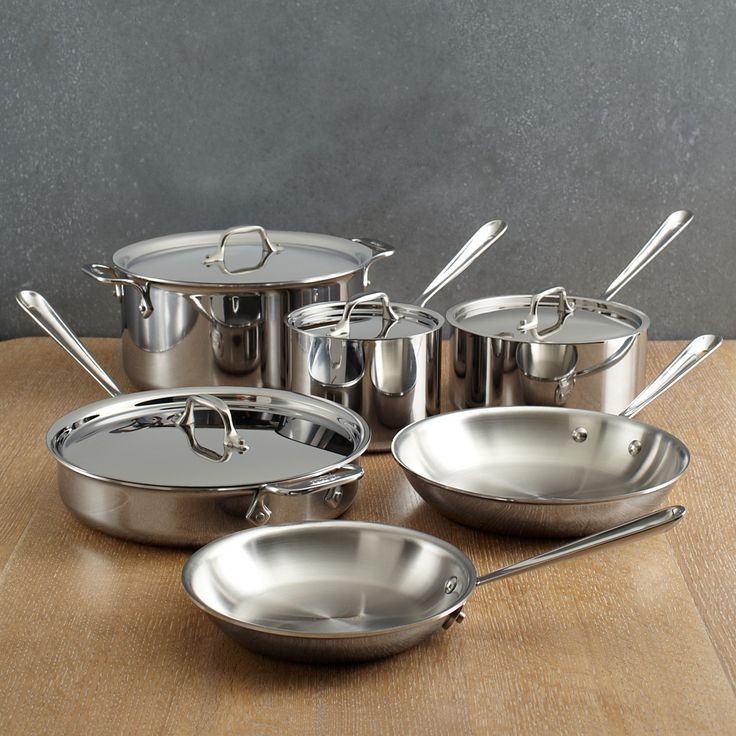
Conclusion
In conclusion, high carbon steel cookware is an indispensable tool for any home chef seeking versatility, durability, and excellent cooking performance. From skillets to woks, this remarkable material offers a range of options that can elevate your culinary experiences. With proper maintenance and care, high carbon steel cookware can serve you for decades, becoming a beloved kitchen companion. Embrace the art of cooking with high carbon steel, and you’ll discover a profound appreciation for the home-cooked meal in every bite. So why wait? Invest in high carbon steel cookware today, and take your cooking skills to a new level!

